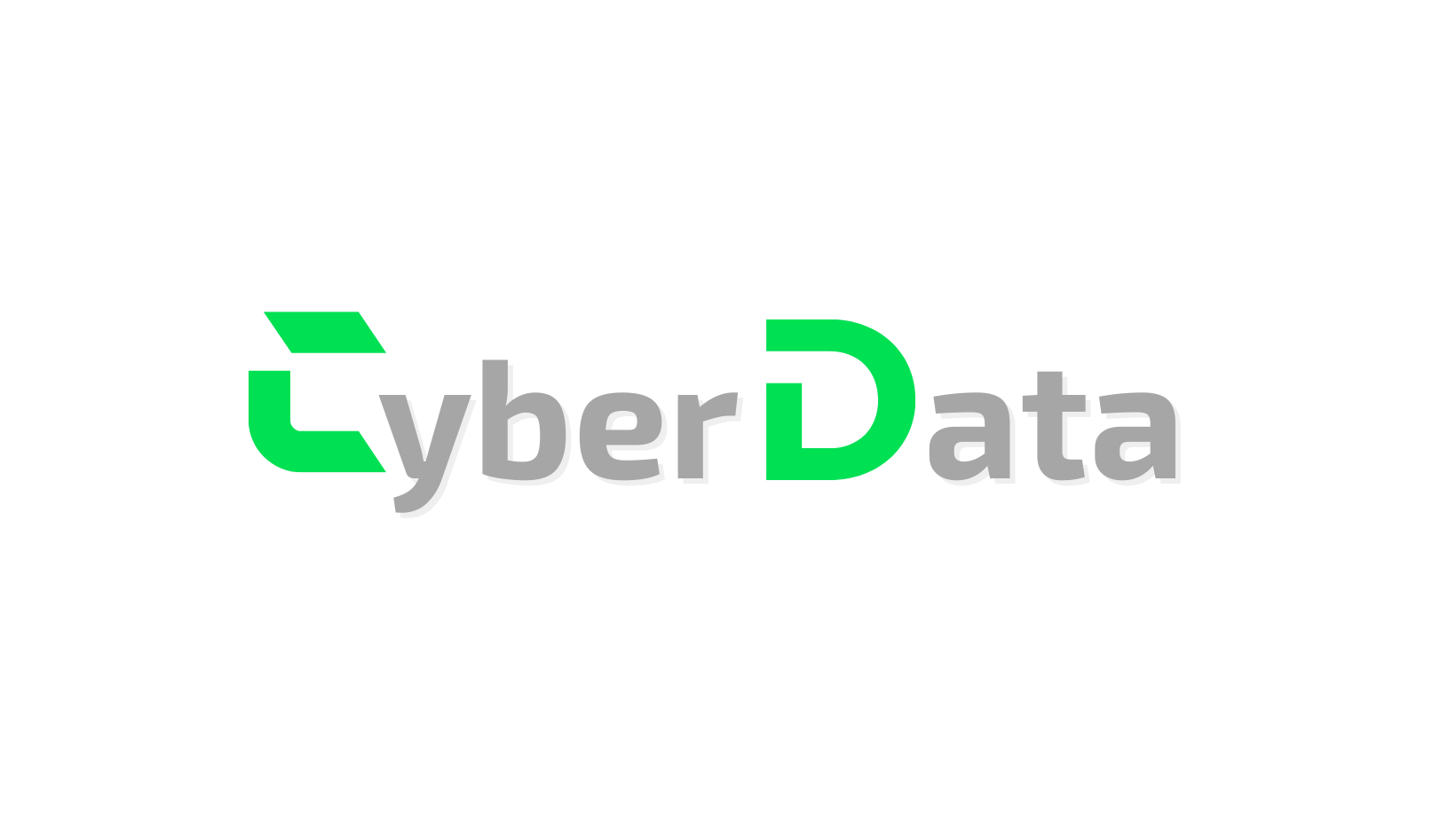OpenAI, a leading artificial intelligence research organization, has recently announced the launch of two groundbreaking AI models – o3 and o4-mini. These models are capable of manipulating and reasoning with images, marking a significant breakthrough in visual problem-solving and tool-using AI.
Traditionally, AI models have been limited in their ability to understand and manipulate visual information. However, o3 and o4-mini have been designed to “think with images,” allowing them to analyze and interpret visual data in a way that closely resembles human cognition. This new approach opens up a world of possibilities for AI in industries such as healthcare, self-driving cars, and robotics.
The o3 model is a larger and more comprehensive version of the o4-mini, capable of processing and understanding a wider range of visual information. Both models utilize advanced deep learning techniques and have been trained on massive datasets, allowing them to recognize and interpret objects, scenes, and concepts with unprecedented accuracy and speed.
But what truly sets these models apart is their ability to use tools autonomously. This means that they can not only analyze images, but also take actions and manipulate their environment to solve problems. For example, the o3 model can identify a tool, such as a hammer, in an image and then use it to complete a task, like hammering a nail. This level of problem-solving and tool-use puts these AI models on par with human intelligence, making them an invaluable asset in various real-world scenarios.
The launch of o3 and o4-mini marks a significant advancement in AI research and has the potential to revolutionize industries that heavily rely on visual information. From healthcare diagnostics to autonomous vehicles, these models can bring unparalleled speed, accuracy, and efficiency to various tasks.
But with any groundbreaking technology, there are also concerns about its potential misuse. OpenAI has addressed these concerns by implementing strict ethical guidelines and limitations on the use of these models. They have also made the models available to the public for research and development purposes, promoting transparency and collaboration in the AI community.
In conclusion, the launch of o3 and o4-mini by OpenAI represents a major milestone in the field of artificial intelligence. These models have the potential to transform various industries and bring us closer to achieving human-level intelligence in machines. However, it is crucial to use this technology responsibly and ethically, and OpenAI’s approach sets a positive example for the future of AI research.
Takeaway: OpenAI’s o3 and o4-mini AI models are a game-changer in the world of visual problem-solving and tool-use. With their ability to “think with images” and use tools autonomously, these models have the potential to revolutionize various industries and bring us closer to achieving human-level intelligence in machines.



